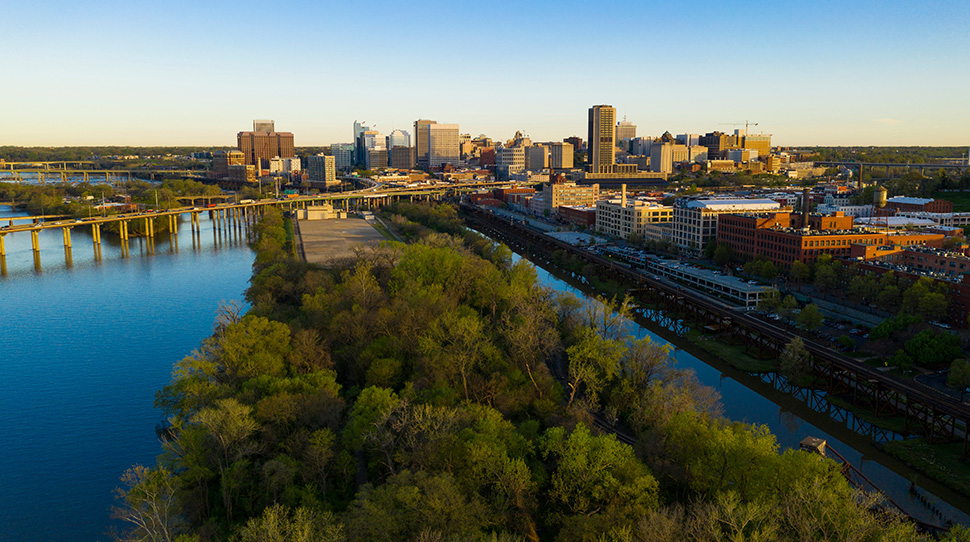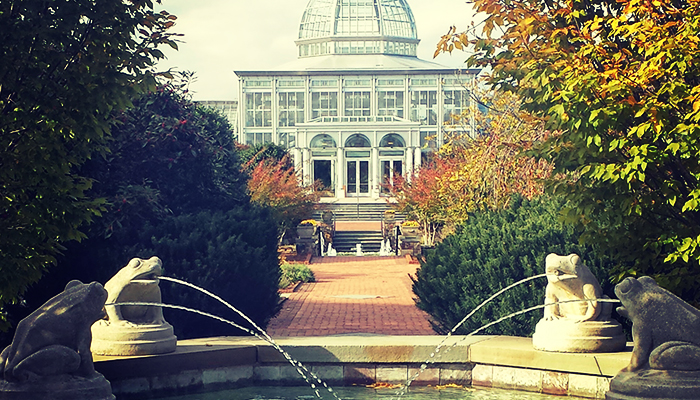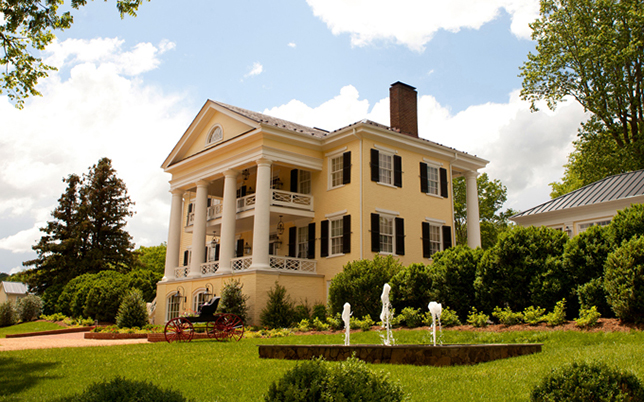Richmond

Located at the falls of the James River, Richmond had to wait 170 years before becoming the state capital. Four hundred years later, with a history almost as old as Jamestown, the city blends its heritage with vibrant, contemporary commerce and trade. Its location, equidistant from the plantations of Tidewater Virginia and the Piedmont of central Virginia, gives the city a unique mix of heritage, culture and geography. There have been few dull moments in Richmond’s history. Native Americans and settlers fought over the ground on which it now stands. In 1775, Patrick Henry made his famous “liberty or death” speech in St. John’s Church, and in 1780, the city was named capital of the state. British soldiers plundered it brutally during the Revolutionary War. And as the capital of the Confederacy from 1861 to 1865, it was constantly in danger. Finally, in 1865, the city was evacuated and retreating Confederate soldiers burned the government warehouse. A portion of the rest of the city also went up in flames. Richmond survived, and it now proudly exemplifies the modern South: industrially aggressive yet culturally aware, respectful of its own historical background yet receptive to new trends in architecture and modes of living.











